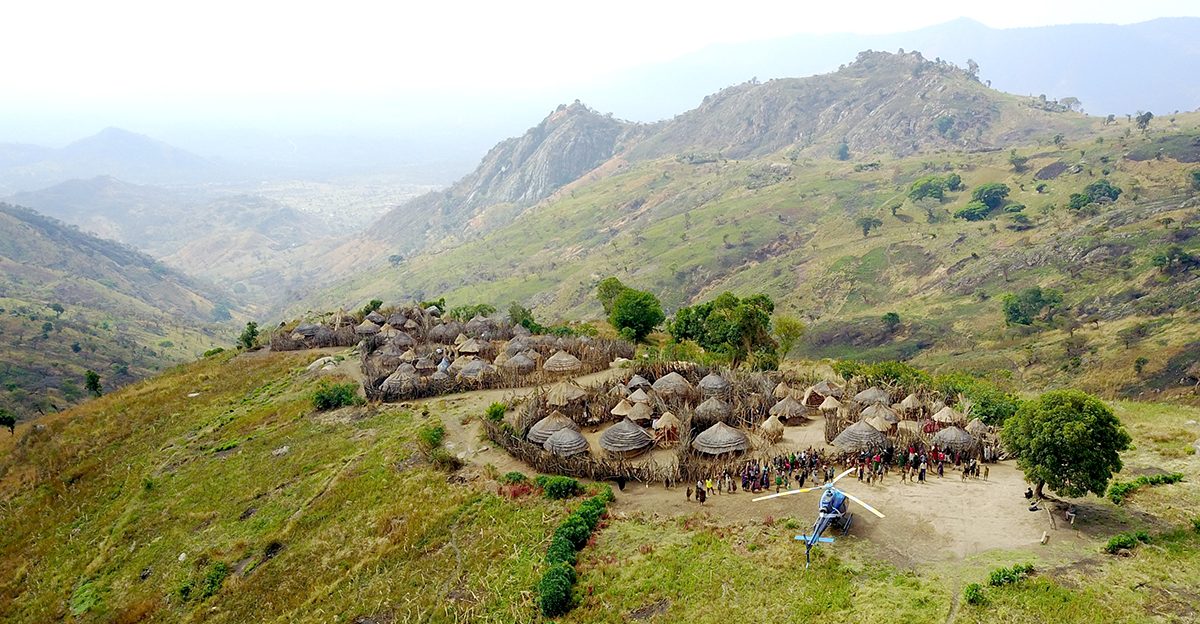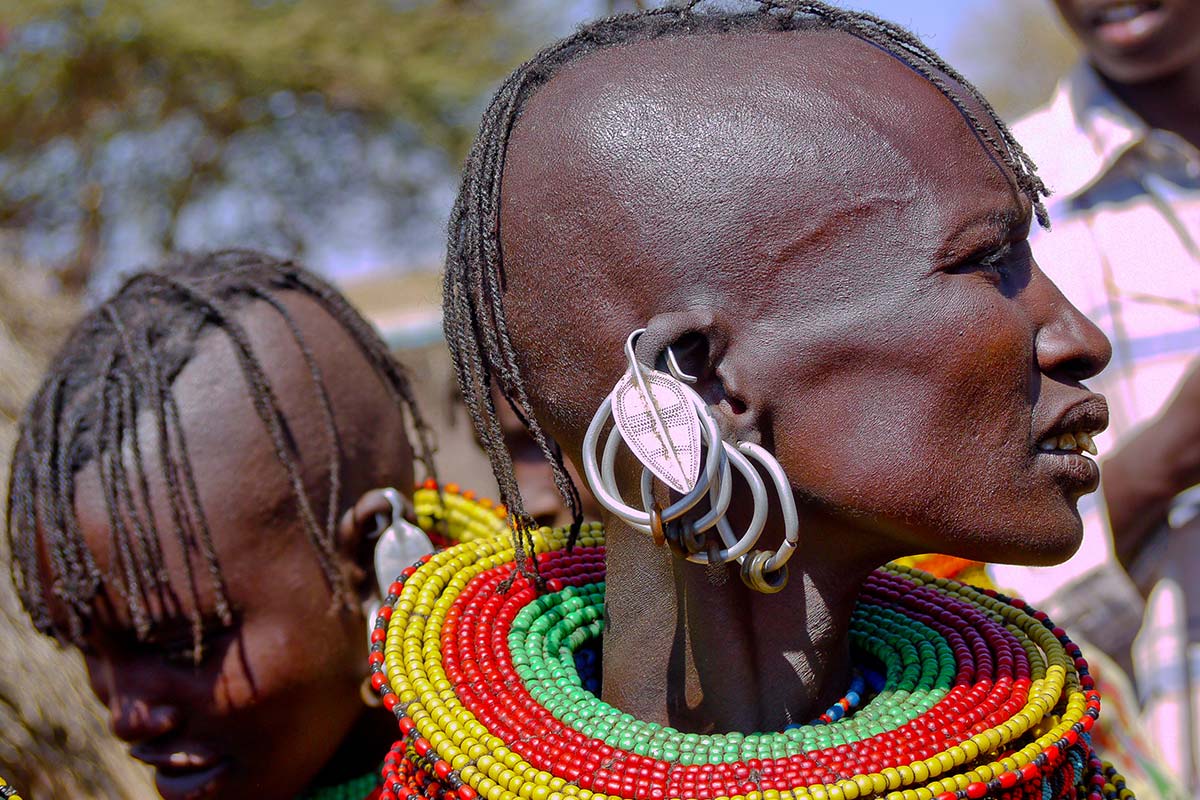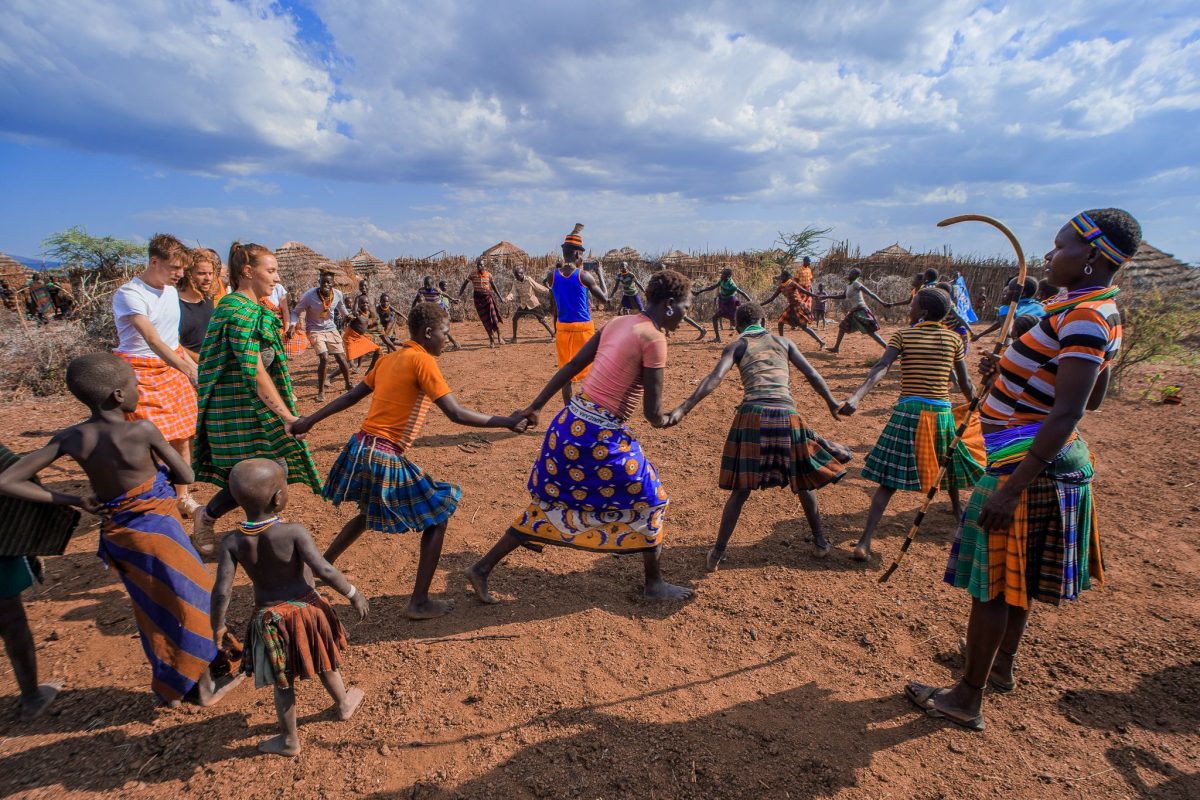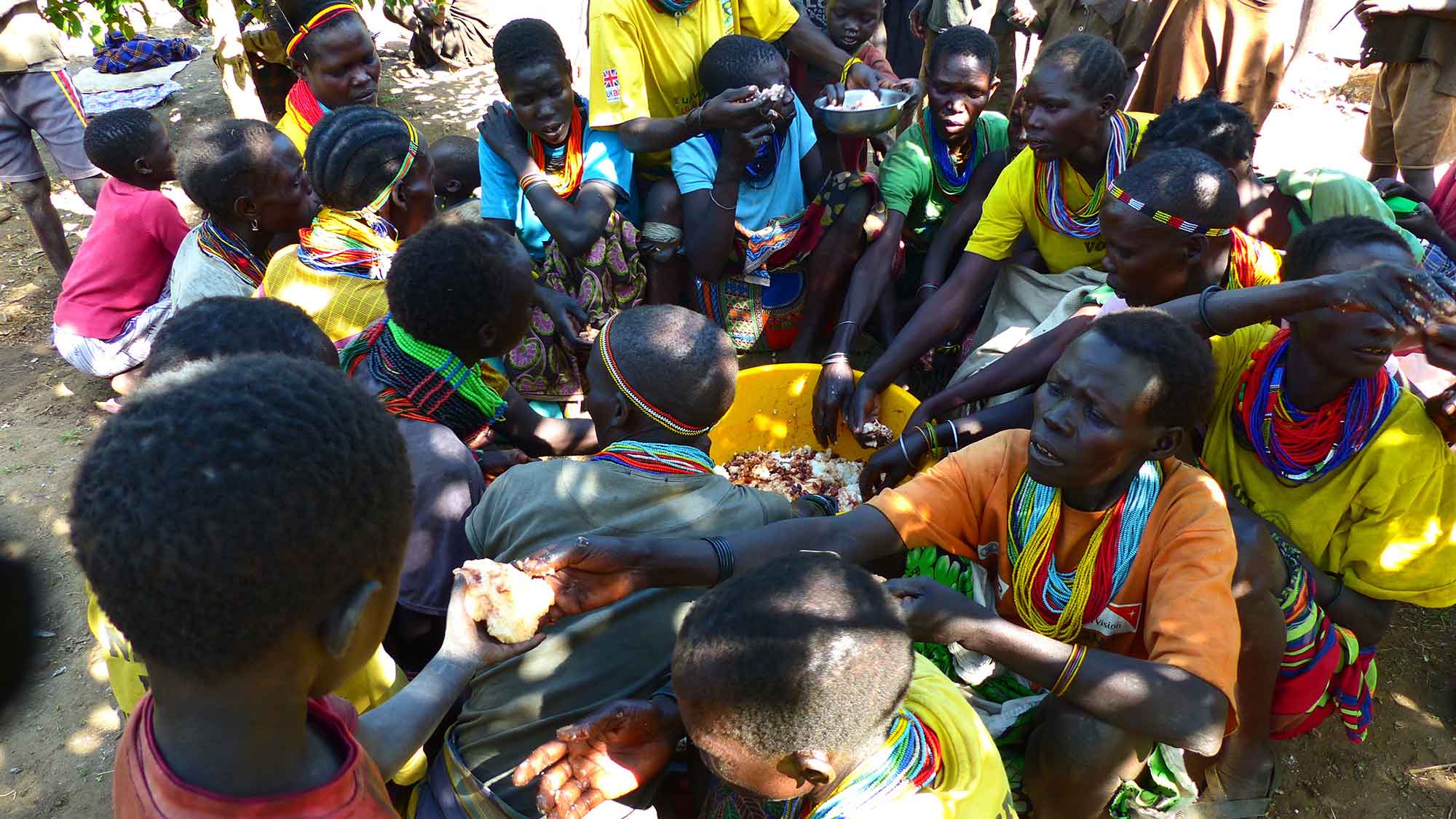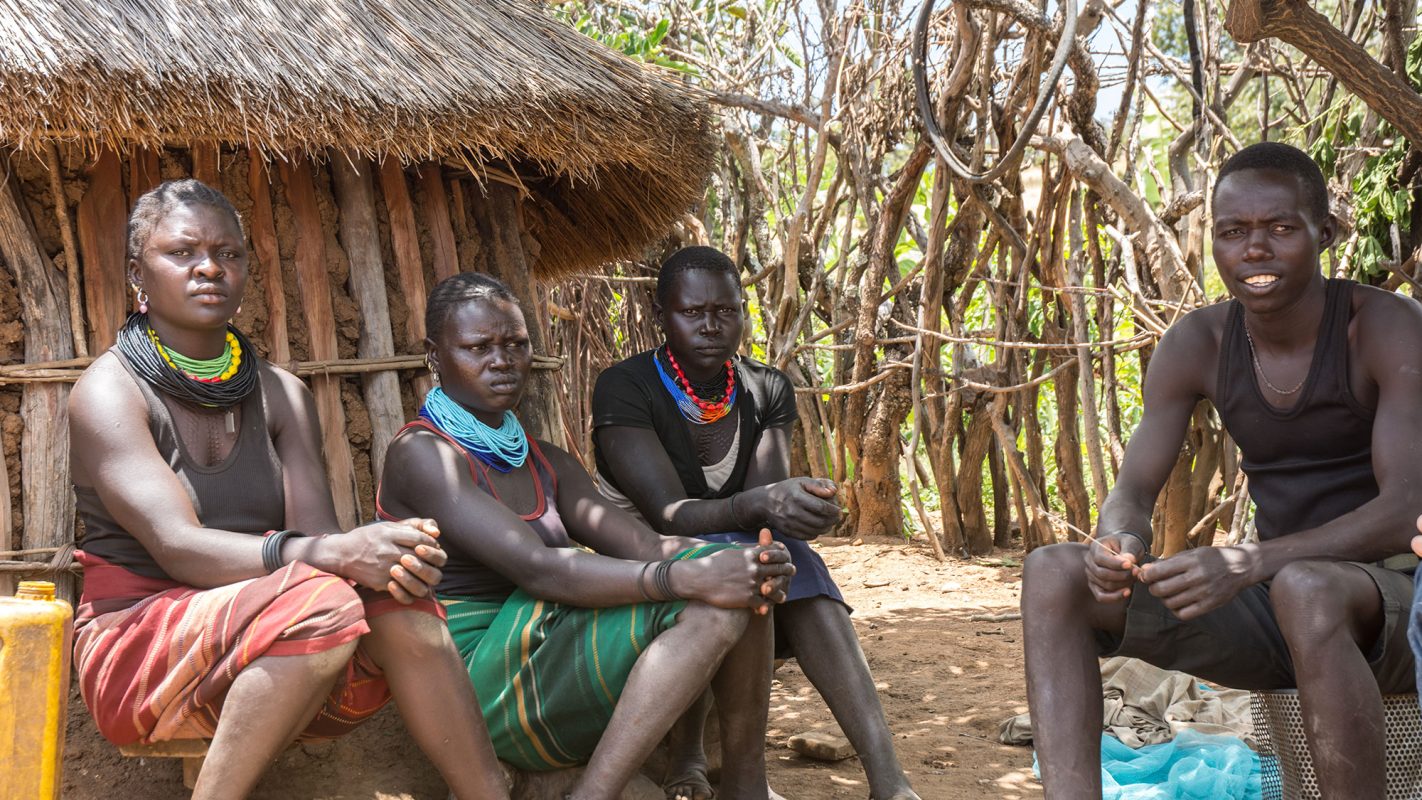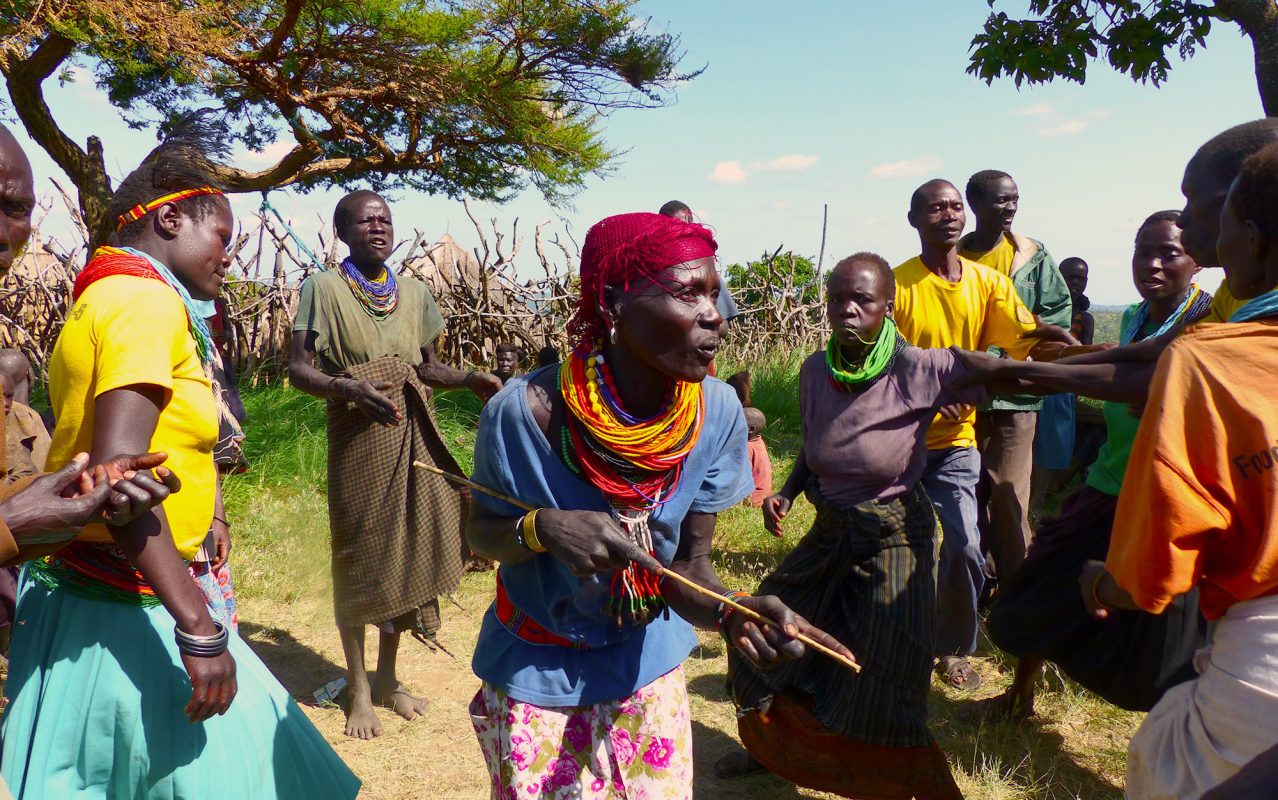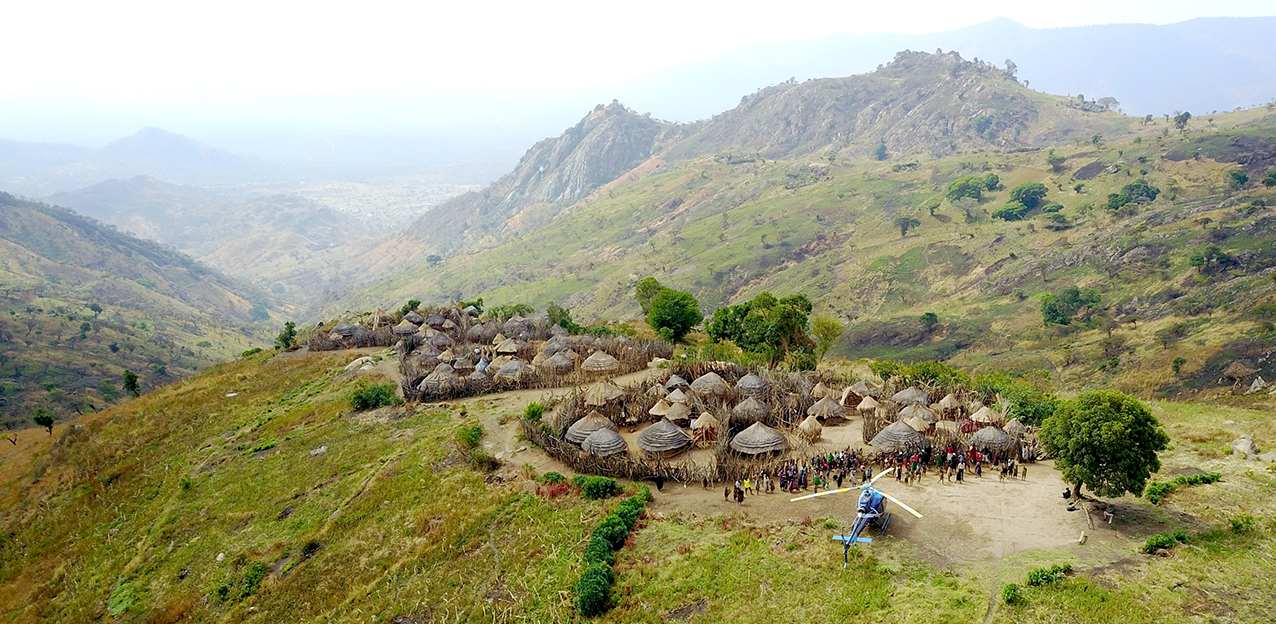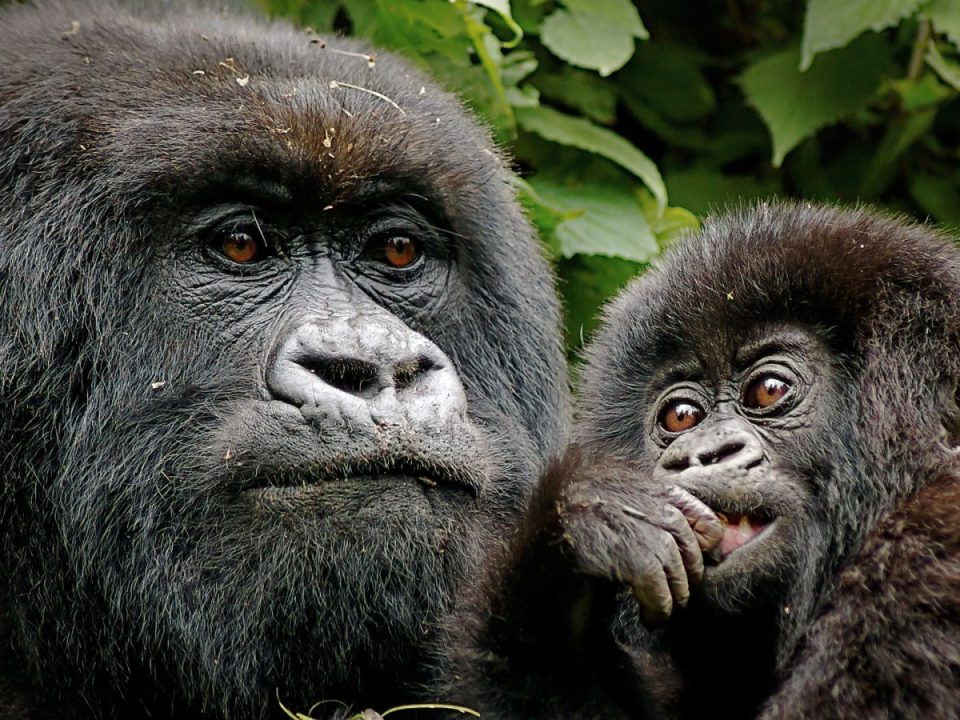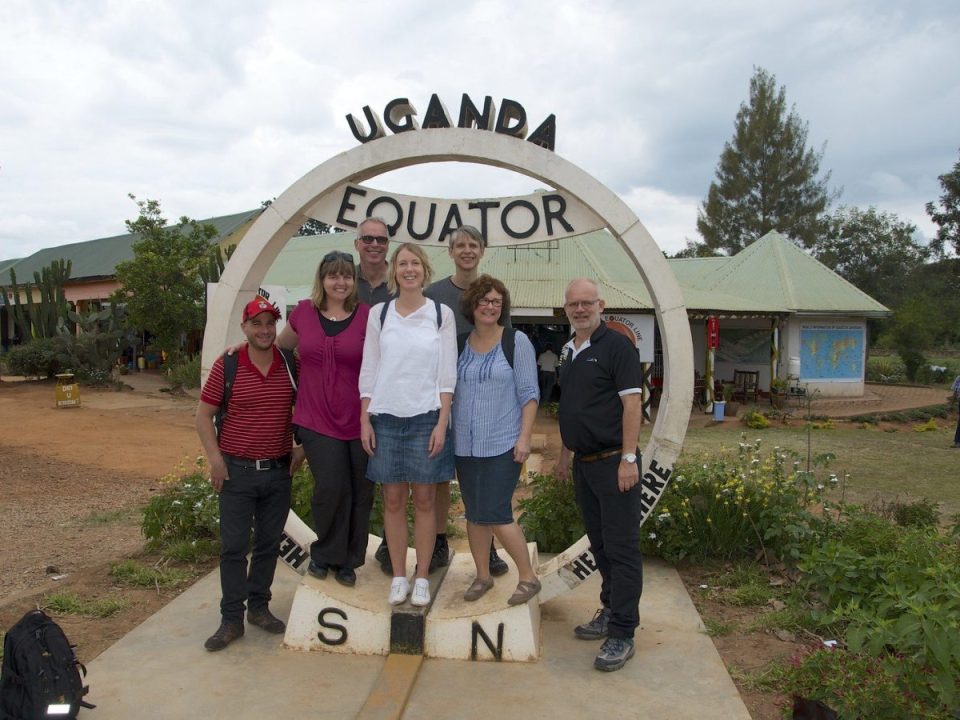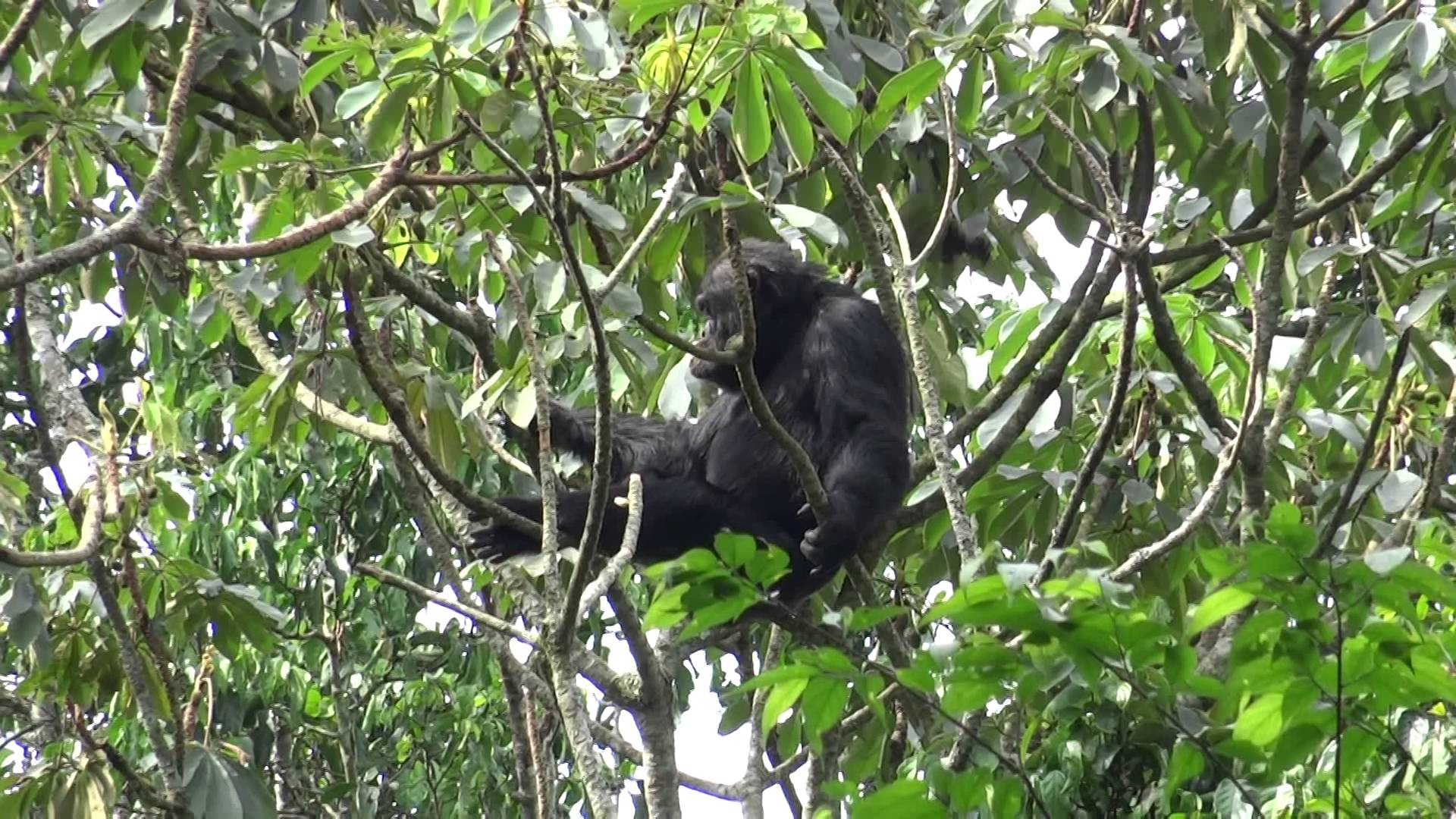
Chimpanzee Tracking in Kalinzu Forest
April 14, 2023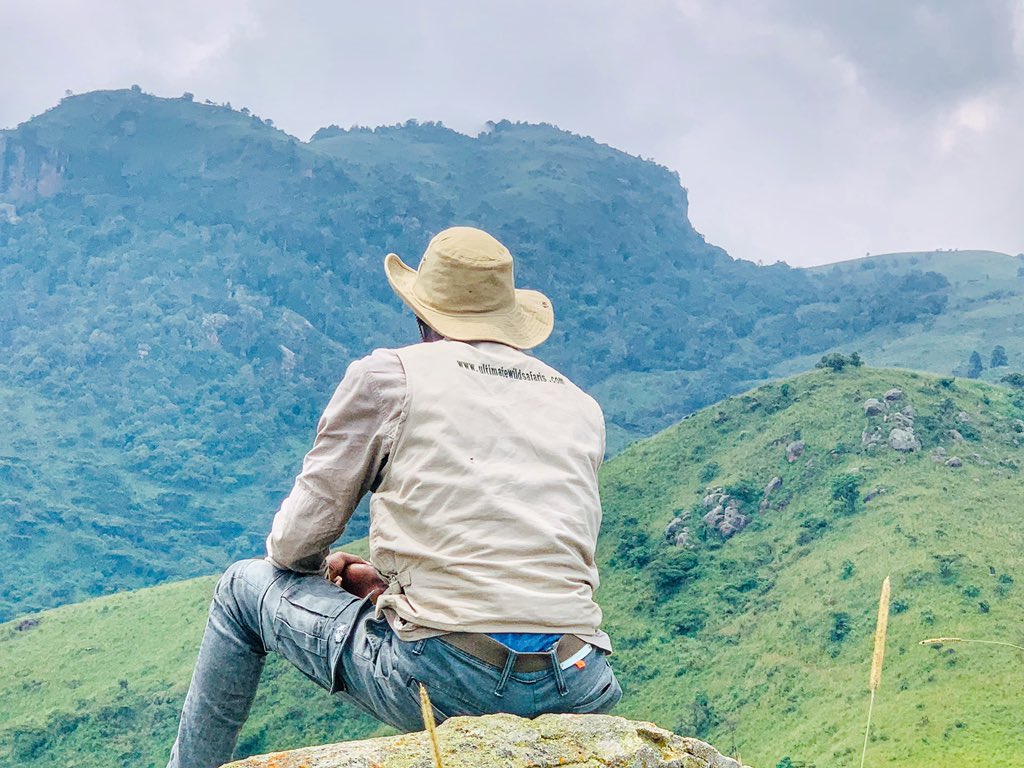
Wildlife Tours to Uganda
April 18, 2023The Ik Tribe of Uganda in Kidepo Valley National Park
The Ik Tribe is a small indigenous community that lives in the mountainous region of northeastern Uganda, near the border with Kenya. They are known for their unique culture, language, and way of life.
The Ik people are believed to have migrated to the area around the 17th century and have been living in the mountains ever since. They are a small group, estimated to number around 10,000 people, and are one of the smallest ethnic groups in Uganda.
The Ik people are hunter-gatherers, and their diet mainly consists of wild fruits, honey, and small game. They also practice subsistence agriculture, growing crops such as sorghum, beans, and potatoes. However, due to their remote location and harsh living conditions, food insecurity is a constant problem for the Ik people.
The Ik language, known as Ik, is a unique and complex language, with a distinctive grammar and vocabulary. It is considered a member of the Kuliak language family and is not closely related to any other known language in the world.
The Ik culture is known for its strict social hierarchy, with older men holding most of the power and decision-making authority in the community. Women and children are often marginalized and are not allowed to own property or participate in decision-making.
The Ik people have faced numerous challenges over the years, including displacement from their land, food insecurity, and conflict with neighboring communities. However, efforts have been made in recent years to promote their rights and preserve their culture and way of life.
Where to Find the Ik Tribe in Uganda?
The Ik Tribe is located in the Kidepo Valley area of northeastern Uganda, near the border with Kenya. The Kidepo Valley National Park is a popular destination for tourists who want to visit the area and learn more about the Ik people and their way of life.
However, it’s important to note that the Ik people live in a remote and isolated part of Uganda, and access to the area can be difficult. The best way to reach the Ik community is by hiring a local guide who is familiar with the area and can help you navigate the challenging terrain.
It’s also important to be respectful of the Ik people’s culture and way of life. Visitors should seek permission before taking photographs or entering the community’s homes, and should follow local customs and traditions. Some tour operators offer cultural tours to the area, which can provide a unique opportunity to learn about the Ik people and their way of life while supporting the local community.
When to Visit the Ik Tribe in Uganda?
The best time to visit the Ik Tribe in Uganda is during the dry season, which runs from December to February and from June to August. During this time, the weather is generally pleasant, and the roads are more accessible, making it easier to reach the remote region where the Ik people live.
Visiting during the dry season also allows for better opportunities to witness the traditional practices and cultural events of the Ik people, such as hunting and gathering, storytelling, and dance performances.
However, it’s important to note that the dry season can be a busy time for tourism in Uganda, so it’s important to plan ahead and make reservations early to ensure you have a place to stay and a guide to help you navigate the area.
Visiting during the wet season, which runs from March to May and from September to November, can be more challenging due to the heavy rains and difficult road conditions. However, it can also offer a unique perspective on the Ik people’s way of life, as they adapt to the changing weather conditions and engage in different types of agricultural and hunting practices.
5 Days Kidepo National Park Safari and the Ik Tribe of Uganda Tour
A 5-day Kidepo National Park safari and Ik Tribe tour is a great way to experience the natural beauty and cultural heritage of Uganda. Here is a suggested itinerary:
Day 1: Arrival in Kampala Arrive in Kampala, the capital of Uganda, and transfer to your hotel. Spend the rest of the day resting and acclimatizing.
Day 2: Transfer to Kidepo Valley National Park Depart Kampala early in the morning and drive to Kidepo Valley National Park. The journey takes approximately 10-12 hours and includes several stops for lunch and sightseeing. Overnight at a lodge near the park.
Day 3: Game Drive in Kidepo Valley National Park Embark on a game drive in Kidepo Valley National Park, home to a variety of wildlife, including elephants, lions, giraffes, and zebras. After lunch, visit the Ik tribe community and learn about their culture and way of life. Overnight at a lodge near the park.
Day 4: Nature Walk and Cultural Tour Take a guided nature walk through the park and enjoy the stunning views of the Kidepo Valley. In the afternoon, visit a local Karamajong village and experience their way of life, including their traditional dances and crafts. Overnight at a lodge near the park.
Day 5: Departure After breakfast, depart Kidepo Valley National Park and drive back to Kampala. The journey takes approximately 10-12 hours, with stops for lunch and sightseeing. Transfer to the airport for your departure flight.
This itinerary can be customized based on your preferences and interests, and can also be extended to include additional destinations and activities in Uganda.
What to Take When Visiting the Ik Tribe of Uganda?
If you’re planning to visit the Ik tribe in Uganda, there are a few things you should consider taking with you:
- Clothing: The Ik people generally wear simple and lightweight clothing made of cotton or other breathable materials. It’s best to dress modestly and cover your shoulders and knees as a sign of respect for the local culture.
- Sunscreen and insect repellent: The Ik tribe lives in a hot and humid area, so it’s important to protect yourself from the sun and insects. Bring sunscreen with a high SPF and insect repellent to avoid mosquito bites and other insect-related health issues.
- Water and snacks: It’s important to stay hydrated during your visit, so bring plenty of water and snacks. You can also consider bringing some food to share with the locals as a gesture of goodwill.
- Camera and batteries: The Ik tribe lives in a unique and remote area of Uganda, and you’ll likely want to take pictures to document your experience. Bring a camera and extra batteries to ensure you don’t run out of power.
- Respectful attitude: The Ik tribe is a unique community with their own traditions and way of life. It’s important to approach them with respect and an open mind, and to avoid imposing your own beliefs or practices on them. Show interest in their culture and way of life and be willing to learn from them.
What Else to Do in Kidepo Valley National Park?
Kidepo Valley National Park is a beautiful destination in Uganda, known for its stunning landscapes and abundant wildlife. In addition to visiting the Ik tribe, there are many other things to do in Kidepo Valley National Park. Here are a few suggestions:
- Wildlife viewing: Kidepo Valley National Park is home to a wide variety of wildlife, including elephants, lions, leopards, cheetahs, hyenas, zebras, giraffes, and many more. Take a game drive or a walking safari to see these animals up close.
- Birdwatching: The Park is home to over 475 species of birds, making it a popular destination for birdwatchers. Look out for species such as the Kori bustard, Abyssinian roller, and ostrich.
- Hiking: There are several hiking trails in the park, ranging from easy walks to more challenging treks. One popular trail leads to the top of Mount Morungole, which offers spectacular views of the park.
- Cultural tours: In addition to the Ik tribe, there are several other ethnic groups living in and around Kidepo Valley National Park. Take a cultural tour to learn about their traditions and way of life.
- Relaxation: Kidepo Valley National Park is a peaceful and tranquil destination, perfect for unwinding and relaxing. Spend some time reading a book, meditating, or simply enjoying the natural beauty of the park.
Overall, Kidepo Valley National Park is a wonderful destination with plenty to see and do. Whether you’re interested in wildlife, culture, or relaxation, there’s something for everyone in this stunning national park.
Where to Stay in Kidepo Valley National Park?
There are several accommodation options available in and around Kidepo Valley National Park. Here are a few suggestions:
- Apoka Safari Lodge: This luxurious lodge is located inside the park and offers stunning views of the savannah and mountains. The lodge has ten spacious rooms, each with a private veranda overlooking the park. The lodge also has a swimming pool and a spa.
- Kidepo Savannah Lodge: This mid-range lodge is located just outside the park and offers comfortable and affordable accommodation. The lodge has eight rooms with private bathrooms and verandas, as well as a restaurant and a bar.
- Nga’Moru Wilderness Camp: This tented camp is located inside the park and offers a more rustic experience. The camp has six tents with comfortable beds and private bathrooms, as well as a dining tent and a campfire.
- Kidepo Guest House: This budget-friendly option is located just outside the park and offers simple rooms with shared bathrooms. The guesthouse has a restaurant and a bar, and can arrange game drives and cultural tours.
- Kidepo Bandas: These self-catering bandas are located inside the park and offer basic accommodation with shared bathrooms. The bandas have a kitchen and a dining area, and guests can bring their own food and drinks.
Overall, there are accommodation options available for all budgets and preferences in Kidepo Valley National Park. Whether you’re looking for luxury or a more rustic experience, you’re sure to find something that suits your needs.
What is the Cost of Safari to Kidepo Valley National Park and Ik Tribe of Uganda?
The cost of a safari to Kidepo Valley National Park and the Ik tribe of Uganda can vary depending on several factors, including the duration of the safari, the level of accommodation, and the activities included. Here is a rough estimate of the cost:
- Park fees: The park fees for Kidepo Valley National Park are $40 per person per day for non-residents, $30 for East African citizens, and UGX 10,000 for Ugandan citizens. These fees cover game drives and other park activities.
- Accommodation: Accommodation options in Kidepo Valley National Park range from budget-friendly guesthouses to luxurious lodges. The cost of accommodation can vary from $30 to $500 per night depending on the level of luxury and the location.
- Transportation: The cost of transportation to Kidepo Valley National Park can vary depending on the mode of transport and the distance traveled. A round trip from Kampala to Kidepo Valley National Park can cost between $400 and $800.
- Guided tours: Guided tours to the Ik tribe can be arranged through local tour operators. The cost of these tours can vary depending on the length of the tour and the number of people in the group. A day trip to visit the Ik tribe can cost between $150 and $250 per person.
Overall, a 3-4 day safari to Kidepo Valley National Park and the Ik tribe of Uganda can cost between $800 and $2,000 per person, depending on the level of luxury and the activities included. It’s important to do your research and book with a reputable tour operator to ensure a safe and enjoyable experience.

